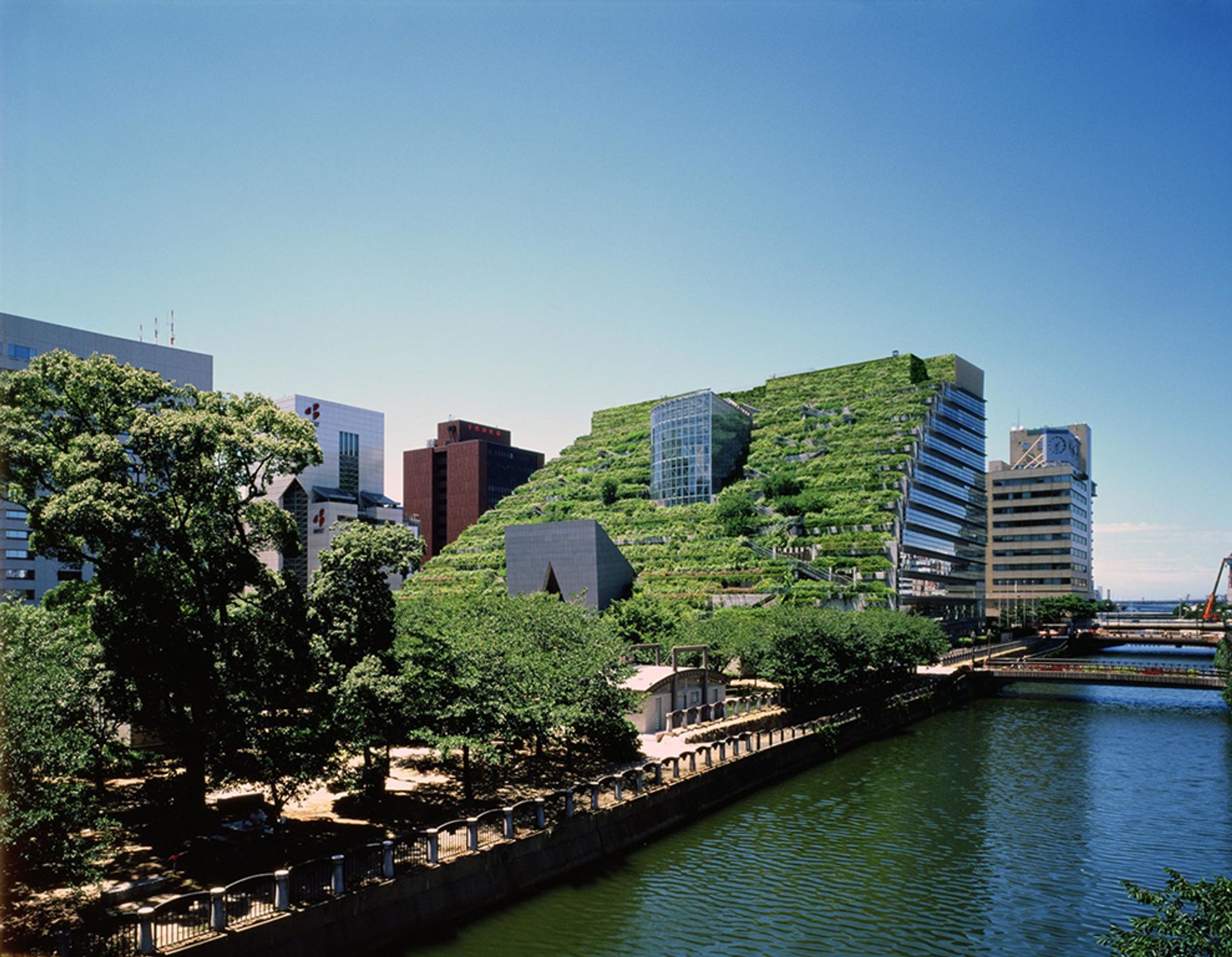The Museum of Modern Art (MoMA) today announced a $10m gift from a foundation led by the green architect and industrial designer Emilio Ambasz that will establish an institute exploring the relationship between architecture and ecology.
The Argentinian-born Ambasz, who served as the curator of design in MoMA’s department of architecture and design from 1969 to 1976 and as a trustee of MoMA PS1 from 2002 to 2006, is known for probing the relationship between what is man-made and what is natural. He has been a member of the museum’s International Council since 1978.
MoMA said that the goals of the new entity, the Emilio Ambasz Institute for the Joint Study of the Built and Natural Environment, would be to spur dialogue, conversation and research while highlighting the championed theme of architecture and sustainability. Research opportunities and programmes including lectures, conferences and symposia, many of them online, will foster conversations among architects, designers, policymakers, social thinkers, historians and the public, it adds.
Seeded by the Legacy Emilio Ambasz Foundation (LEAF), the MoMA institute “will specifically study creative approaches to design at all scales of the built environment–buildings, cities, landscapes, and objects–in order to work toward an ecological future and environmental justice”, the museum says. A search will soon begin for a director who will begin shaping the institute’s programme, hopefully by the end of 2021.
Martino Stierli, the chief curator of architecture and design at MoMA, said in an interview that the gift had been in the making since shortly after he assumed his post in 2015. “Emilio [now 77] approached me at that time and was starting to think about his legacy, and exploring avenues, and wondering how his vision of architecture and design would live on,” he says. Part of the mission, he says, was “to recalibrate the way we inhabit planet Earth”.
Stierli predicts that in exploring the relationship between ecological issues and social justice, the institute will delve into the plights of communities dramatically affected by global warming and by the exploitation of natural resources—“the social issues connected to ecological degradation and its consequences”.
At a time of economic hardship for museums, “we feel especially lucky and thankful,” Stierli said of the gift and the planned institute.
As a curator at MoMA, Ambasz organised such exhibitions as Italy: The New Domestic Landscape (1972); The Architecture of Luis Barragan (1974) and The Taxi Project: Realistic Solutions for Today (1976). His work has been featured in MoMA exhibitions including Emilio Ambasz/Steven Holl: Architecture (1989) and In-Depth: The House of Spiritual Retreat by Emilio Ambasz (2005-6).
MoMA said it would organise a major exhibition within the next few years focused “on the emergence of green architecture and how Ambasz’s work has influenced this ground-breaking field that can counteract challenges caused by the destruction of the natural environment”.
Stierli says the show will take a historical approach to how environmental thinking in the architecture field has evolved since the 1970s and to ask, “How do we move forward?”
“Through his own projects,” he noted, “Ambasz played a seminal role.” He cited his 1990 ACROS Fukuoka project in Fukuoka City in Japan, which transformed an urban environment into a manmade garden. “He has a very poetic approach to this issue.”
As for the new institute’s goal of changing the conversation about architecture and ecology, “I don’t think this will be something that the institute can do by itself,” Stierli says. “But I do think that such think tanks can bring together the brightest minds in thinking about the most fundamental issues of our contemporary world and raise awareness on a much larger level than these conversations would have if they didn’t have such a strong institution as MoMA behind them.”
“It can be an agent for transformation,” Stierli says. “If I didn’t believe that, it would be a vain exercise.”

Emilio Ambasz's ACROS Fukuoka in Fukuoka City, Japan (1990) I. Watanabe


